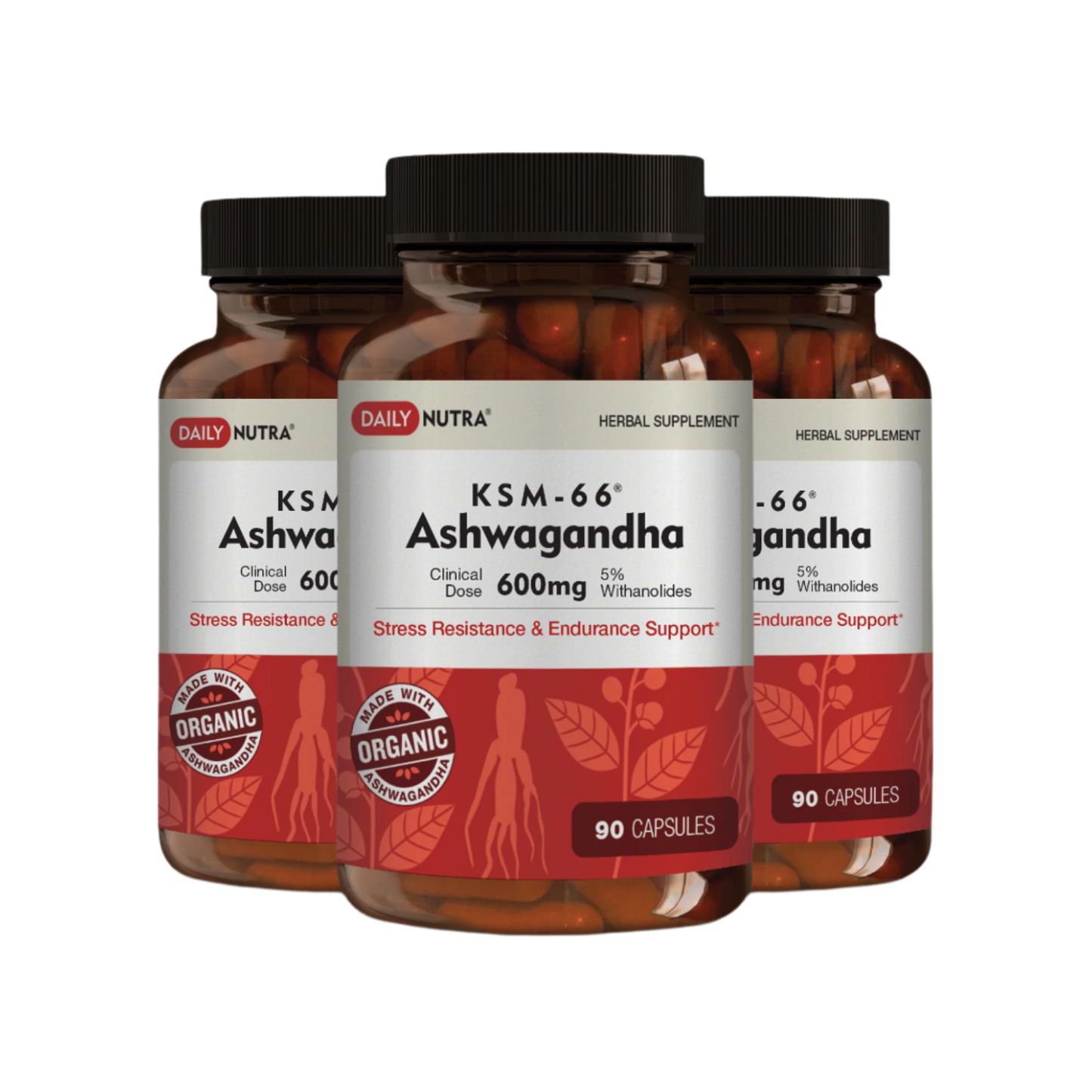
Turkey tail mushrooms are among the most distinctive and extensively researched mushrooms worldwide.
These medicinal mushrooms feature a unique visual appearance and can be discovered throughout forests and woodlands.
The correct identification of turkey tail mushrooms remains crucial because their lookalikes can be toxic or indigestible, even though these mushrooms are nontoxic and commonly consumed for medicinal benefits.
This article provides expert guidelines to help readers understand proper turkey tail mushroom identification techniques.
This guide will explain how to spot true turkey tail fungi and differentiate them from misidentified mushrooms while understanding their health benefits, which depend on accurate identification.
What Are Turkey Tail Mushrooms?
The scientific name for Turkey tail mushrooms is Trametes versicolor, yet they belong to the fungi family and grow on decaying wood.
This mushroom type received its name from its layered structure, which resembles the plumage of wild turkey tails.
The widespread presence of these mushrooms in forests, together with their long-lasting traditional medical use in East Asian medicine, demonstrates their powerful immune-boosting effects.
Turkey tail mushrooms present a range of sizes as they develop into small fan-shaped structures that form overlapping clusters.
Their natural habitat is dead or decaying trees, where they decompose materials essential for forest ecosystem health.
Turkey tail mushrooms have received heightened medical interest throughout the years, leading research teams to find evidence that they strengthen the immune system and enhance gut health while potentially playing a role in cancer therapy (1).

Key Features for Identifying Turkey Tail Mushrooms
By analyzing specific physical mushroom traits, you can identify turkey tails more positively than other fungal varieties.
Here's what to look for:
- The shape of turkey tail mushrooms usually resembles a fan.
- These mushrooms spread on wood decay from one cluster to another, developing into overlapping formations that create aesthetic patterns on their growing surface.
- The dimensions of these fungi range from a few centimeters to approximately 10 centimeters in width, although they typically avoid reaching significant size.
- The primary characteristic of turkey tail mushrooms is their distinct coloring.
- These fungi feature distinct multicolored rings typically consisting of brown, white, and gray layers alongside possible blue or purple tones.
- The rings of colors on these fungi resemble turkey feathers, thus giving them their name.
- Their texture is also unique.
- The smooth, velvety texture of the mushroom cap rests on its upper portion, but its lower section reveals a white surface with numerous pores instead of gills.
- The curved or wavy cap edge design is another tool for distinguishing turkey tail mushrooms from related fungi types.
- Turkey tail mushrooms exhibit minimal odor in their natural state.
You can identify Turkey Tail mushrooms by their odorless quality, which indicates this fungus species.

Turkey Tail vs. False Turkey Tail: What You Need to Know
Turkey tail mushrooms are typically easy to recognize by regular observers, yet novices may face challenges differentiating them from their close lookalikes.
The false turkey tail is one of the most frequently mistaken mushrooms in the Stereum genus.
False turkey tail mushrooms share initial visual similarities with turkey tail mushrooms, yet they present distinctive characteristics.
The main distinguishing factor lies in their texture structure.
False turkey tails exhibit a rubbery to leathery surface texture compared to real turkey tails, which remain flexible yet delicate.
False turkey tails display reduced color intensity since they lack the distinct, colorful rings that define the true turkey tail.
Real turkey tail mushrooms stand out through their prominent color contrast between rings, but false turkey tails lack this bold pattern and display only brown and reddish tones.
The growth patterns of these fungi differ significantly.
Clusters of Turkey tails develop as they group on rotting wood surfaces to create extensive mats.
False turkey tails grow independently instead of forming dense clusters with other mushrooms.
Inspect mushrooms carefully since the underside can help distinguish them.
True turkey tails display white pores on their underside, yet false turkey tails lack pores and present a plain surface.
The identified feature is decisive in distinguishing these two mushroom species.

Where Do Turkey Tail Mushrooms Grow?
Turkey tail mushrooms grow in various environments but need particular climate conditions to thrive.
They prefer to grow on the decayed wood of oak trees, maple, and beech species.
They grow best in forest environments because they specialize in breaking down decaying plant material while supplying vital nutrients to ecological cycles.
The geographical distribution of turkey tail mushrooms extends across every region worldwide.
The range of turkey tail mushrooms extends through North America, Europe, and Asia, where they inhabit temperate climatic zones.
You can locate turkey tails on fallen logs or dead trees because they grow on wood that rests on the forest floor for extended periods.
Due to favorable environmental conditions for their growth, turkey tails can be found throughout the year, from fall until early spring.
They require moisture and cold temperatures for growth and emerge following wet weather.
Search for Turkey Tail mushrooms along decayed wooden surfaces, which grow in forest areas with shaded and moist conditions.
Are Turkey Tail Mushrooms Poisonous?
The nontoxic nature of Turkey tail mushrooms makes them both safe to handle and suitable for ingestion.
The correct identification of turkey tail mushrooms leads to safe consumption because these wild mushrooms do not contain toxic substances.
People must confirm the correct identification of their mushrooms before attempting any consumption of wild mushrooms.
Nontoxic mushrooms might cause mild reactions in first-time consumers even though they do not contain toxic components.
Consuming turkey tail mushrooms might sometimes result in mild digestive problems or stomach distress.
Review a small portion initially since your body requires time to respond.
When foraging turkey tail mushrooms in nature, you must confirm their identity by spotting their characteristic identifiers while avoiding consumption unless you are certain about their identification.
Humans who ingest false turkey tails can have digestive problems regardless of their external similarity to turkey tail mushrooms.

Health Benefits of Turkey Tail Mushrooms
Turkey tail mushrooms provide diverse wellness advantages.
These advantages make them appealing to traditional medicine practitioners and present-day wellness practitioners.
Studies indicate that one main advantage of turkey tail mushrooms is their potential to boost immune system functions.
Studies demonstrate that turkey tail mushrooms possess polysaccharides, including PSK and PSP, that activate immune responses to strengthen your body's natural ability to combat infections (2).
The prebiotic properties of turkey tail mushrooms work with their ability to support the immune system.
The gut requires prebiotics to develop beneficial bacterial communities.
The positive effects of turkey tail mushrooms on gut health result in better digestion, higher energy levels, and better wellness (3).
The scientific community is showing expanding interest in turkey tail mushrooms' cancer-prevention capabilities.
Studies demonstrate that polysaccharides extracted from turkey tail mushrooms exhibit potential cancer-cell growth inhibition properties while being effective alongside conventional cancer treatments (4).
Researchers have established several supplements that utilize turkey tail mushrooms as the primary ingredient to assist cancer patients undergoing medical therapies.
Turkey tail mushrooms contain antioxidant components that help your body fight oxidative stress and manage inflammatory responses (5).
These antioxidants help safeguard cellular structures against destructive free radicals, which harm overall wellness.
Final Thoughts
Anybody who is interested in mushroom foraging and appreciation has to be able to identify turkey tail mushrooms.
With their distinct appearance, vibrant colors, and beneficial properties, turkey tail mushrooms are a fascinating and valuable part of the natural world.
Turkey tail mushrooms have distinctive features that allow you to identify them in the wild, such as fan-shaped clusters with colorful concentric rings and a velvety texture.
Make sure to compare them with false turkey tail mushrooms and other lookalikes to ensure proper identification.
Consuming turkey tail mushrooms has no negative health effects and offers a number of benefits, such as boosting immunity and improving digestive health.
People can access turkey tail mushrooms through supplementation and wild foraging, making them a potent natural medicine.
To benefit from the health benefits of turkey tail mushrooms, you should include them in your wellness regimen.
Customers can get turkey tail mushrooms in a variety of forms, such as teas, powders, and capsules.
For best results, use genuine goods containing premium organic turkey tail mushrooms.
🍄 Not All Mushrooms Are Equal — Learn to ID turkey tail safely and naturally! 🍄
FAQs on Turkey Tail Mushrooms Identification
Are there any poisonous look-alikes to turkey tail mushrooms?
Yes, some mushrooms resemble turkey tail, such as those in the Stereum genus. These lookalikes may not be toxic but are not recommended for consumption.
How can I tell if it's a turkey tail mushroom?
Turkey tail mushrooms are fan-shaped with vibrant concentric rings, a velvety texture, and a white pore surface underneath. They grow in overlapping clusters on decaying wood.
What are the side effects of turkey tail mushrooms?
Generally, turkey tail mushrooms are safe, but some individuals may experience mild digestive discomfort. Start with small amounts if you're new to consuming them.
Is false turkey tail safe to eat?
False turkey tail mushrooms are not toxic but can cause digestive issues. They are not recommended for consumption due to their indigestible nature and potential confusion with toxic varieties.
Where do turkey tail mushrooms grow?
Turkey tail mushrooms grow on decaying hardwood in forests, often in cool, damp conditions. They are found worldwide, especially in North America, Europe, and Asia.
Related Studies
1. Title: Polysaccharide-Peptide from Trametes versicolor: The Potential Effects on Immunity
This study shows that polysaccharide peptides from Trametes versicolor enhance immune function by stimulating cytokine release and activating immune cells, contributing to immune system modulation in humans.
Link: https://pmc.ncbi.nlm.nih.gov/articles/PMC9687461/
2. Title: Phase 1 Clinical Trial of Trametes versicolor in Women with Breast Cancer
A clinical trial demonstrated that up to 9 grams/day of Trametes versicolor preparations containing PSK and PSP are safe and may support immune function in breast cancer patients post-treatment.
Link: https://pmc.ncbi.nlm.nih.gov/articles/PMC3369477/
3. Title: Recent Advances and Challenges in Studies of Control of Cancer Stem Cells and the Gut Microbiome by the Trametes-Derived Polysaccharopeptide PSP
This review highlights PSP’s role in modulating the gut microbiome and enhancing immune responses, acting as a prebiotic that supports intestinal health.
Link: https://pubmed.ncbi.nlm.nih.gov/27910783/
4. Title: Chemopreventive Effect of PSP Through Targeting of Prostate Cancer Stem Cells
The study found that PSP from Turkey tail mushroom inhibits prostate cancer stem cells and prevents tumor formation in mice, indicating potent anticancer properties.
Link: https://pmc.ncbi.nlm.nih.gov/articles/PMC3095629/
5. Title: 4 Immune-Boosting Benefits of Turkey Tail Mushroom (summary article citing research)
Turkey tail mushrooms contain diverse antioxidants such as phenols and flavonoids that reduce oxidative stress and inflammation, thereby supporting immune health.
Link: https://www.healthline.com/nutrition/turkey-tail-mushroom





